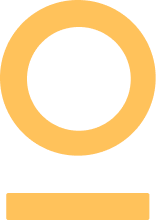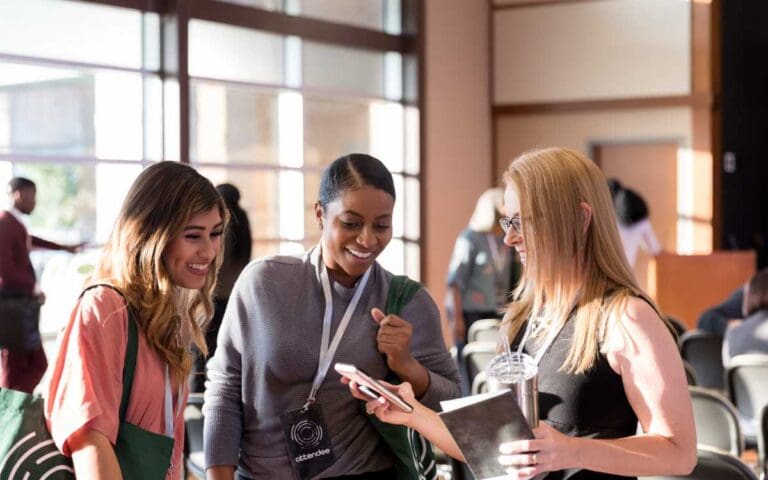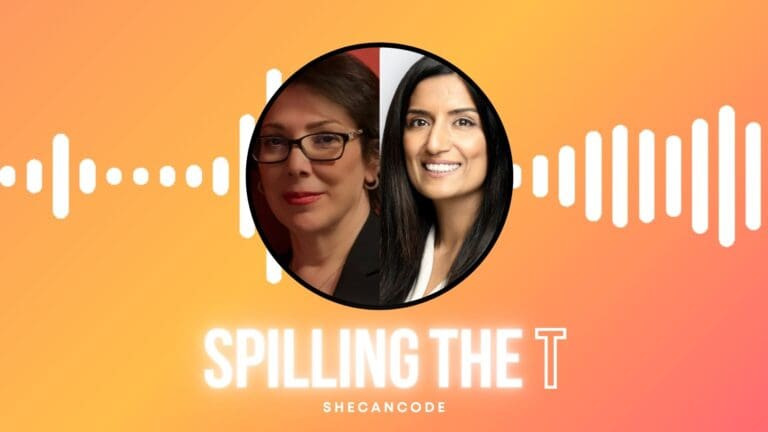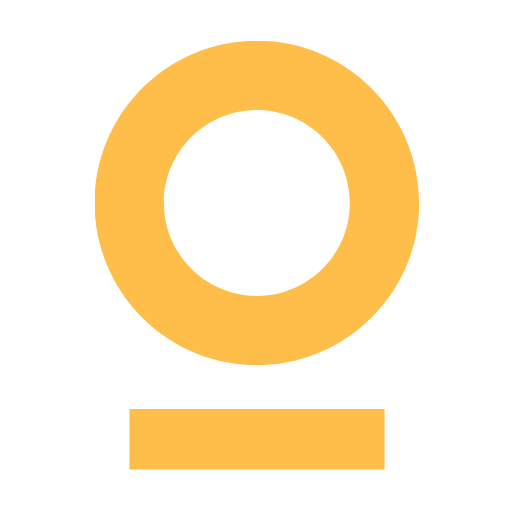Read how her own skills have developed and what she looks for when hiring teams.
1. Tell us a little about your current role and your career journey so far?
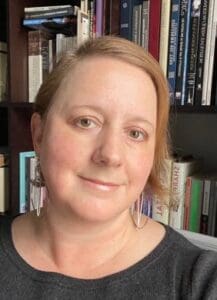 My current role is Director of Product Design and User Research for Spotlight Sports Group. We are a sports news, data and insights company providing digital and print products for direct customers – through our newspapers, websites and apps, as well as sports media partners, bookmakers and other entities. We work across the UK, the US, and soon, Spanish and Korean speaking markets.
My current role is Director of Product Design and User Research for Spotlight Sports Group. We are a sports news, data and insights company providing digital and print products for direct customers – through our newspapers, websites and apps, as well as sports media partners, bookmakers and other entities. We work across the UK, the US, and soon, Spanish and Korean speaking markets.
Similar to how the Financial Times and Bloomberg provide data and insights to give their customers confidence in their decisions before they invest, we at SSG provide news, data and insight through our Racing Post, Pickwise and other titles to bettors and sports enthusiasts before they place their bets.
I manage and direct a mixed team of Product, UX, and UI designers, along with qualitative User Researchers. My team works with subject matter experts to help figure out what data users are after and how best to display it, given the context.
I’ve been with the company since August 2018 and since day one I have striven to push design and user research to the forefront of the business’s approach to product strategy and development. When I first started, there was little qualitative research being done on a regular basis.Both UX and UI design disciplines were not defined or held to industry standards or the discipline rigour compared to most other companies I had worked at, that produced digital products. I had my work cut out.
Since then, the team has gone through its growing pains, and sometimes it has been an uphill battle to prove the value of what we were trying to do. Yet the company has started to come around, one business unit at a time, and now both design and research are now far more widely respected and consulted; we are seen as very vocal champions for the users.
2. What was your career journey like, that brought you to this point?
As for how I got here, that’s a long and convoluted story, but here’s a stab at the (slightly) abridged version. I graduated from university in the US with a degree that myself and about six other students had to “create” – back then there was no digital design or multimedia design degree and UX was not a term as widely used or known as it is now. So, we seven students founded the digital design department and created the digital design degree through faculty-advised independent learning and cross-teaching each other.
After graduating, I went into multimedia design and programming for an e-learning software start up in Dublin, Ireland. 18 months later, I moved back home to Silicon Valley during the height of the dotCom boom and began my first foray into web product design within various startups, including Snapfish.com.
When the dotCom bubble burst, I transitioned into art direction for advertising and spent the next 8-ish years working on digitally dominant or 360 advertising campaigns (digital, TV, print, outdoor, in-store, guerrilla) in the US and London, too.Though I enjoyed that work for its variety and the pace at which work turned over, I realised more and more of the “added value” concepts I was selling into clients resembled enduring software more than short term campaign assets.
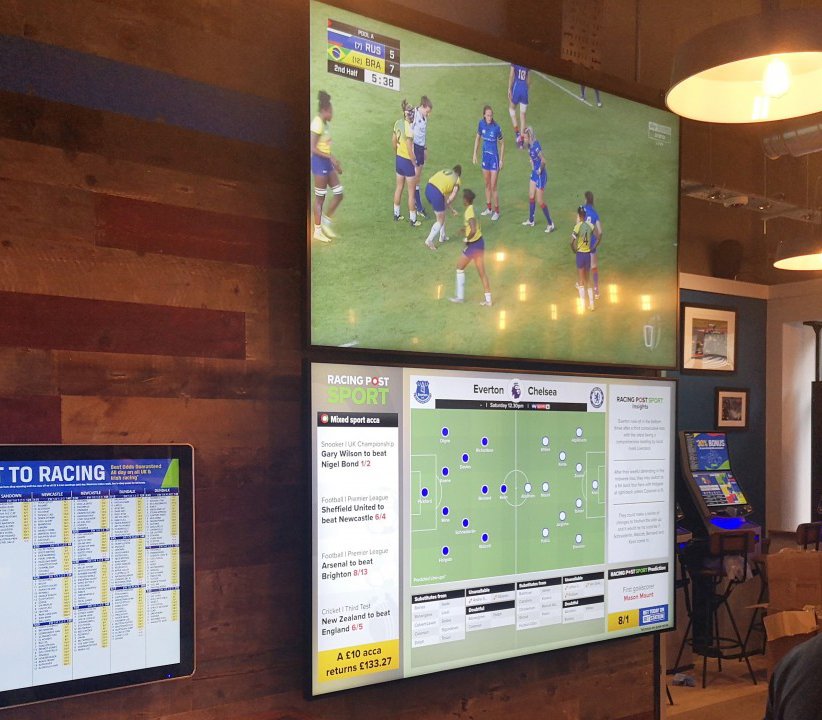
That’s when I received a call from Expedia / Hotels.com and I’ve been in some form of digital product design ever since. By the time I started there as UI Design Manager, I had already managed two other design teams, but this offered a chance to design for a more data driven medium/output and manage far more specialised digital designers.
New, or more formalised methodologies, processes and ways of working became part of the day to day approach to designing their three consumer products (the website and two apps). These included: User research and testing, heuristics, A/B and multivariate testing, ease of use evaluations, accessibility implementation, native vs web patterns, interaction design, pattern libraries, performance testing, and more.
3. Have the diverse skills you’ve acquired over the years complemented each other as you’ve progressed in your career?
Definitely. Despite those new approaches to design, not all of my advertising chops went to waste as one thing I was able to bring to the table was a lot of experience developing and implementing brands. Many companies still have a separation between brand and product – seeing brand as mostly a marketing exercise. I spent a lot of time at Hotels.com working with product, marketing, loyalty and other departments to bring the brand to life within our digital products with minimal disruption to the core user journeys.
Over the years, I’ve brought all of those experiences and learnings to my other roles at Just Eat, Spotlight Sports Group and beyond. Some of the key things I’ve learned over the breadth of my career include the benefit of broadening one’s skills and knowledge beyond design, the importance of being able to communicate and influence others outside of the design and research disciplines, and letting your team bring their ideas of perfection to the table instead of assuming your definition of perfection is the only way to go.
4. What are the skills you look for and nurture within your Product Design & User Research team?
Outside of the basic hard skills of being able to design well with the latest software and being cognizant of the latest usability trends, or to conduct research with the appropriate methodologies for the insights needed, there are other very key aspects I look for:
- What can they bring to the team that doesn’t already exist? Or what diversity of thought or experience could they provide to help ensure our approach does not get too calcified or complacent?
- How well do they communicate? Can they “sell” their design or research findings to those outside of design and research – break it down to laypeople who may not be up to speed with the jargon or the shorthand? Can they defend their points of view or decisions well and professionally? Can they listen and digest feedback – knowing how to pick out the bits that need to be picked up right away, which need to be interrogated more for actionable feedback and which feedback needs to be challenged with data or best practice rationale to ensure the best outcome?
- Can they / will they collaborate with the larger team and company? This is so important to make sure you are getting work that will be consistent across the user experience. Also, it helps ensure you are not having to redesign experiences over and over again because the right stakeholders and subject matter experts are involved early on and at the correct times. I’ve had several bad experiences hiring “design gollums” due to time pressures – people who are very precious about their designs, who refuse to interact with others in the team or the company to get input and see collaboration as a waste of time / watering-down of their brilliance. Nope. I have no time for these people. They may have moments of true brilliance, but they are overly precious and can devastate team morale the moment they don’t get their way.
5. How do you believe the diversity of a team impacts product design?
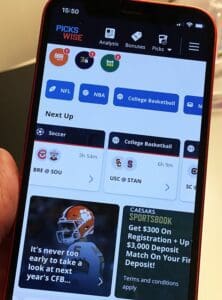 Whether it’s diversity more intrinsic to the person (e.g. gender, race, religious background, etc.) or diversity of perspective due to education, work experience, life experience or background – having different ideas in the mix can only help solve more problems. It can even identify ones that often get overlooked by mainstream views of whom products are designed for.
Whether it’s diversity more intrinsic to the person (e.g. gender, race, religious background, etc.) or diversity of perspective due to education, work experience, life experience or background – having different ideas in the mix can only help solve more problems. It can even identify ones that often get overlooked by mainstream views of whom products are designed for.
People who consistently challenge the status quo, who push innovation, can oftentimes only really come from those with different experiences and perspectives – perhaps they come from a different background themselves or push themselves out of their comfort zones on a regular basis and expose themselves to different people and ideas.
One of the main levers of diversity I look to employ the most is building a team with a balance of pragmatists and academics, both in terms of design and research. If everyone on the team is too pragmatic, yes, things may be done quickly, but you risk some crucial foundations not being implemented. This can lead to poor, confusing user journeys that need to be redesigned or invalidation of what could have been crucial research.
On the flip side, if everyone is too academic, things may grind to a halt because the perfect methodology or design approach cannot be employed due to the realities of timelines, budget, resources and/or lack of data. Multiple perspectives provide a balance when trying to design something to be used by humans that also has to be released on time and within budget.

